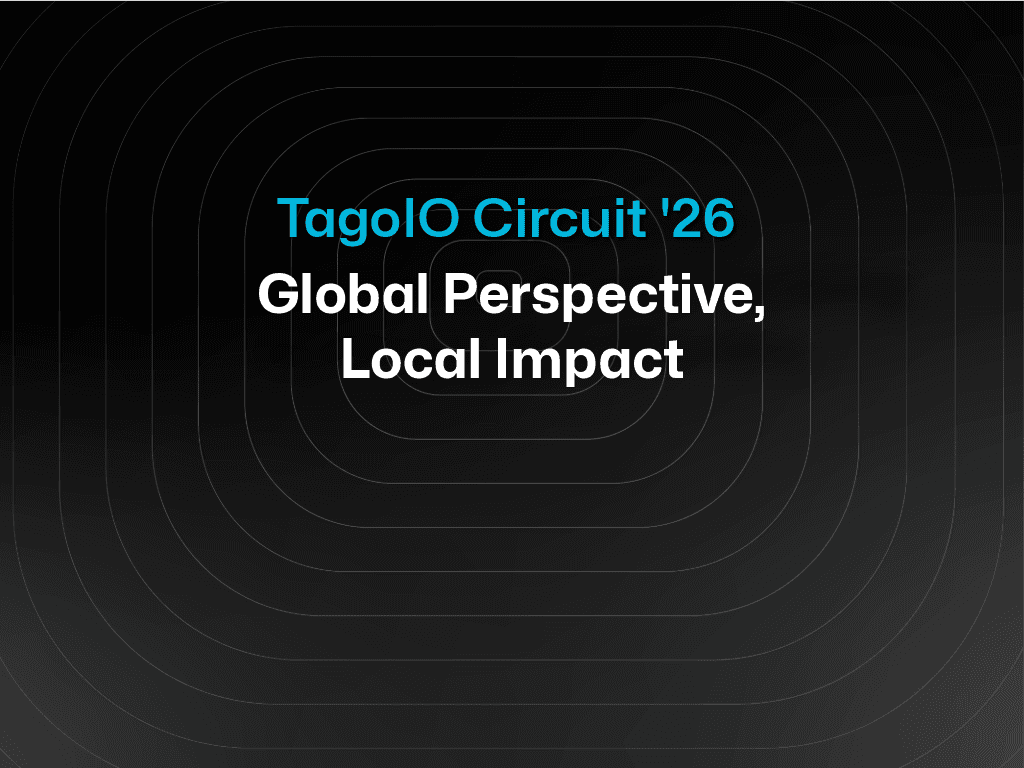Blog
Tech Insigths
How IoT is Revolutionizing the Food Industry
Discover how IoT transforms the food industry by gathering vital information from smart farms to the supply chain.

TagoIO Team
Mar 3, 2023



Not long ago, the United Nations established a set of 17 Sustainable Development Goals to be achieved by 2030. One of these goals is to end hunger worldwide. With the global population estimated to reach 9.7 billion by 2050, it is critical to leverage technology to ensure food security for all, and IoT may very well have a vital role to play in achieving the United Nations' goal. This article will discuss how IoT is revolutionizing the food industry.
Increasing Yield through Smart Agriculture
Smart agriculture refers to using technology to improve agricultural practices and increase crop yields. For example, IoT devices and electronic sensors collect data on various parameters such as soil moisture, temperature, humidity, and crop growth. This data can help farmers optimize their irrigation schedules and ensure crops receive the right amount of water at the right time. They can also monitor soil health and nutrient levels. Finally, It can help decide the best time to harvest by assisting in identifying crop growth patterns and environmental conditions.

Devices used for Smart Agriculture Some notable sensor types used in agriculture include:
Electrochemical sensors: These sensors are used to detect soil nutrient levels. By monitoring the nutrient levels in the soil, farmers can adjust their fertilization practices and ensure that the plants receive the proper nutrients at the right time.
Dielectric Soil Moisture sensors: Producers use these devices to measure the moisture levels in the soil. They can be placed at different depths to monitor plant water availability.
Light sensors: These sensors can track how much light a plant is receiving. This information is critical for optimizing plant growth and ensuring they receive the right quantity and intensity of light.
Food Supply Chain
The food supply chain is a complex network that involves multiple stakeholders, including producers, processors, distributors, and retailers. As a result, inefficiencies within the supply chain can result in increased costs and food waste. IoT technology can be leveraged to optimize the food supply chain, minimize waste, and enable more informed decision-making.
With the use of smart sensors, tracking food products throughout the supply chain is easier than ever, providing real-time location data, temperature, and other critical parameters. Through the analysis of IoT data, it's easier to identify areas of inefficiency and make necessary adjustments to improve logistics efficiency and minimize waste. For instance, monitoring food temperature during transportation can generate alerts in instances of potential spoilage and reduce food waste caused by improper storage conditions.

Food Supply Chain Use Case
CommunityFi is a remarkable initiative showcasing IoT technology's potential to address the food problem at a minimal cost. The organization provides food banks and pantries with IoT solutions, such as refrigeration, security monitoring, and GPS tracking systems. By leveraging these IoT technologies, they help these organizations to prevent food spoilage and ensure that food is delivered safely to those in need.

They are equipped with sensors that monitor temperature and humidity levels in real-time. The sensors ensure that food is stored at the correct temperature, warning the owners of any occasional problem.
How to start with IoT for food production?
As the global population continues to grow, leveraging technology like IoT is becoming increasingly critical in ensuring food security for all. At TagoIO, there are ready-to-use dashboard templates that can be used for a wide range of applications, including food safety monitoring and supply chain optimization, after you customize them. One of the big advantages behind TagoIO’s structure is that developers can combine data coming from any type of sensor and third-party services. With TagoIO, it is possible to leverage IoT to address some of the most pressing challenges facing the food industry today.

TagoIO Team


